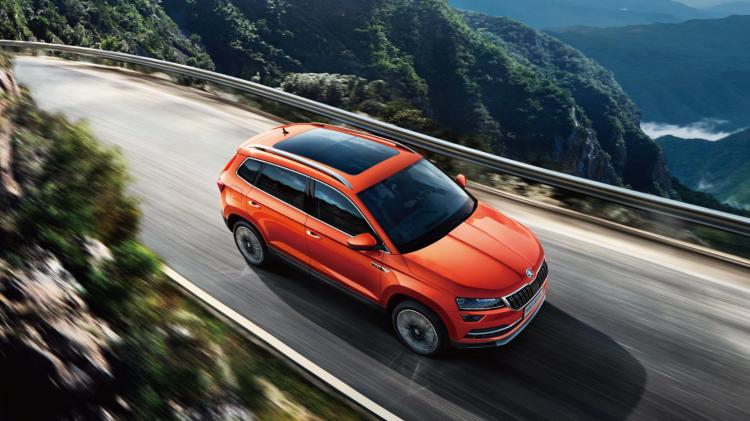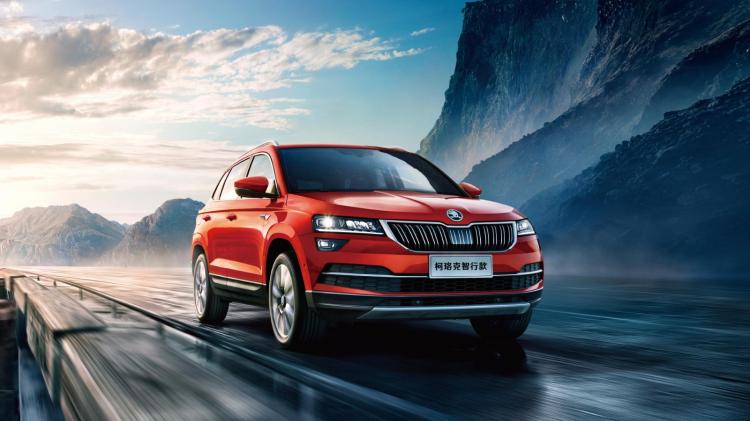On April 22, the annual Earth Day is coming. As one of the 7.7 billion parts of the earth, everyone can contribute to environmental protection, such as saving water and electricity, avoiding disposable products as much as possible, and reducing fuel consumption when driving.

Skoda’s German multi-functional SUV Karoq is recognized as a fuel-efficient model. Since its launch, it has been on the annual fuel consumption list launched by Bear Fuel Consumption. Now, let’s take a look at the fuel-saving coup of Karoq.
Who says power and fuel consumption can’t be balanced
Whether the fuel consumption is low or not, the powertrain has the final say. The Karoq is equipped with an EA211 series TSI280 engine, matched with a 7-speed dual-clutch gearbox, and the entire series is equipped with an engine start-stop system as standard. According to data from the Ministry of Industry and Information Technology, the combined fuel consumption of the Karoq TSI280 model is only 6L per 100 kilometers.
If the comprehensive fuel consumption is more representative of the ideal road conditions, the statistics from Bear’s fuel consumption reflect the fuel consumption performance of the Koroq in the real driving environment. In the 2019 ranking list, the average fuel consumption of Karoq TSI280 owners is 7.65L/100km, only 2% (0.16L/100km) behind the top model, and the maximum engine torque is 10 times higher than the latter % (25 N·m).

Thanks to the application of power technologies such as turbocharging and direct injection, Karoq takes into account both ultra-low fuel consumption and abundant power. The maximum torque of its TSI280 model is 250N·m/1750-3000rpm, which has the typical characteristics of low speed and high torque of German cars, and it is easy to start and accelerate in the middle. According to the actual vehicle evaluation by professional automobile media, its 0-100km/h acceleration time easily enters the 9-second mark, making it one of the fastest-accelerating SUV models of the same power level.
Pay attention to the condition of the vehicle, take the first step to save fuel
Vehicle condition is also closely related to fuel consumption. The most obvious example is the effect of tire pressure on fuel consumption. If the tire pressure is too low, the contact area between the tire and the road surface will become larger, and the friction force will increase, which will not only increase fuel consumption, but also cause safety hazards. All Karoq series are equipped with TPMS tire pressure monitoring system as standard, which can remind users to pay attention to changes in tire pressure in time.

In addition, clogged air filter, carbon deposits in the engine, and aging spark plugs will all cause increased fuel consumption, so it is especially necessary to maintain the vehicle regularly.
Green driving, more fuel-efficient driving on the road
Good driving and car habits help reduce fuel consumption. There are thousands of clues about economical driving on the Internet, and many people call it “too south” after reading it. In fact, as long as you do the following three points, you can score 80 points: 1. Try to avoid rapid acceleration and braking, which will significantly increase fuel consumption. 2. Try to keep the accelerator stable while driving, and avoid stepping on the accelerator deeply or shallowly. Because it is easy to cause changes in the working conditions of the engine and gearbox, and consumes more fuel. 3. Do not open the window when driving at high speed. Opening the windows when the vehicle is driving at high speed will significantly increase the wind resistance, resulting in an increase in fuel consumption.




